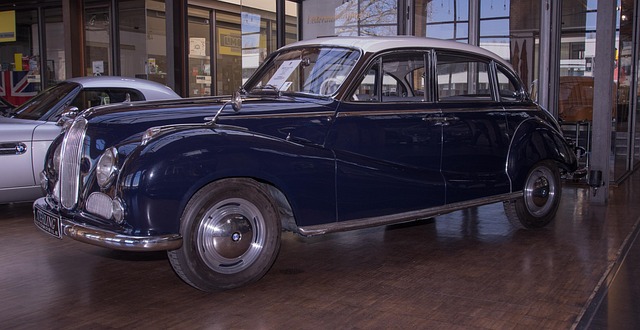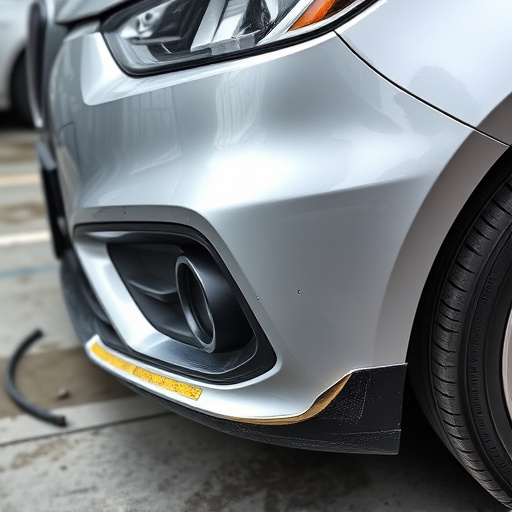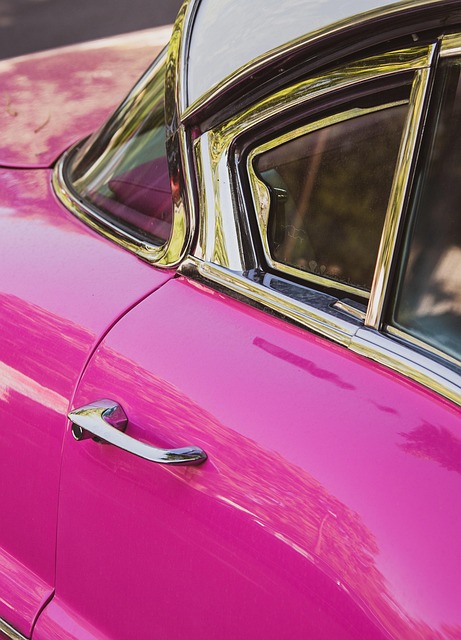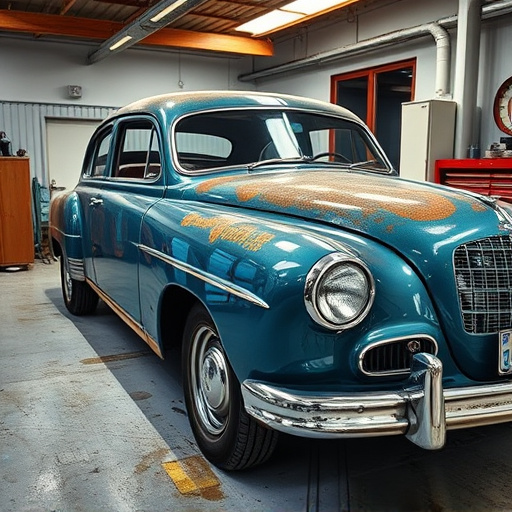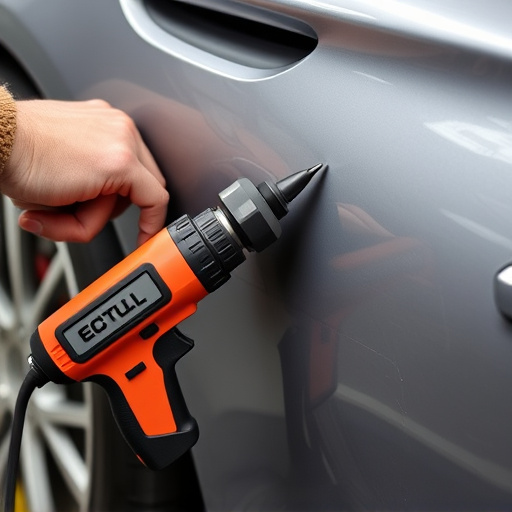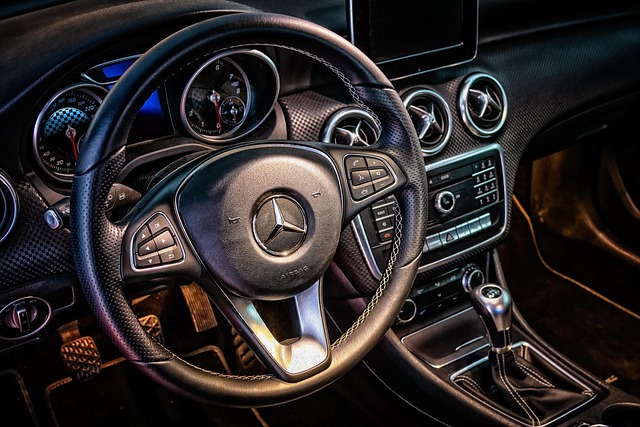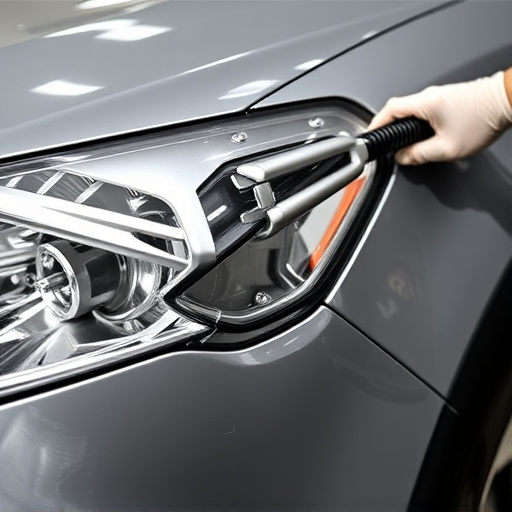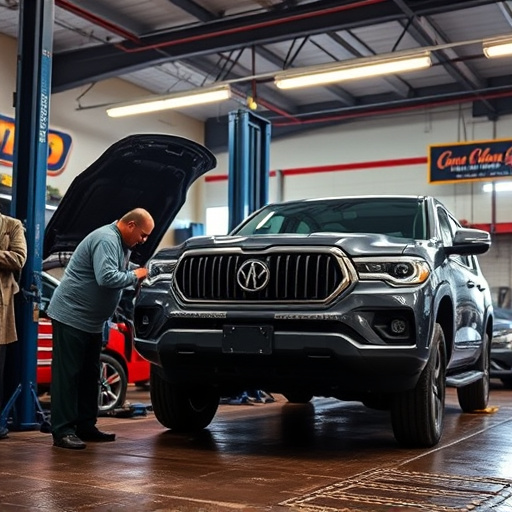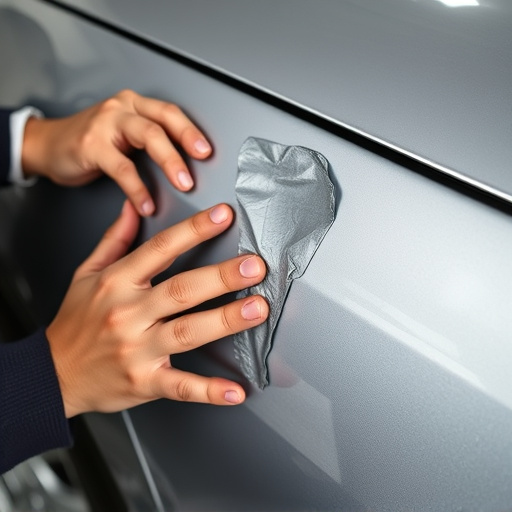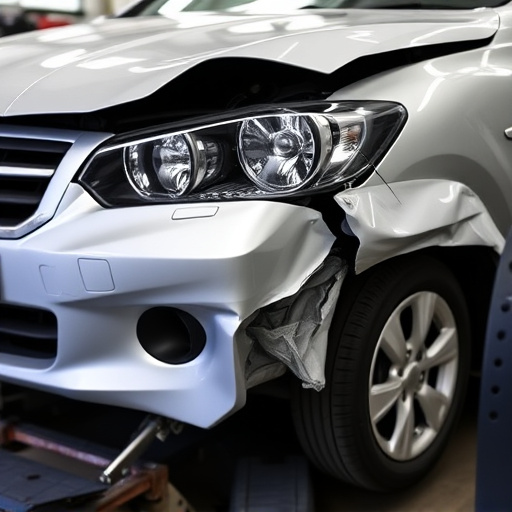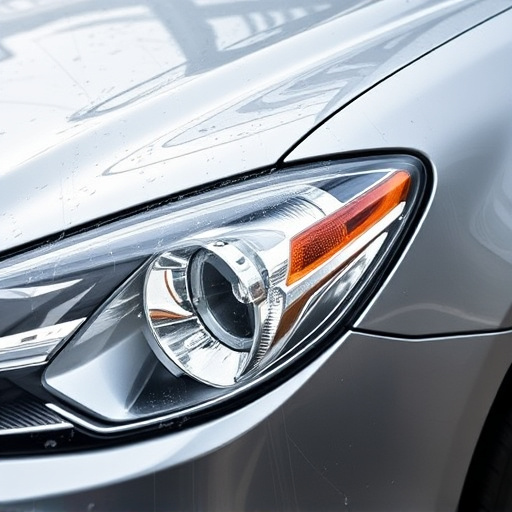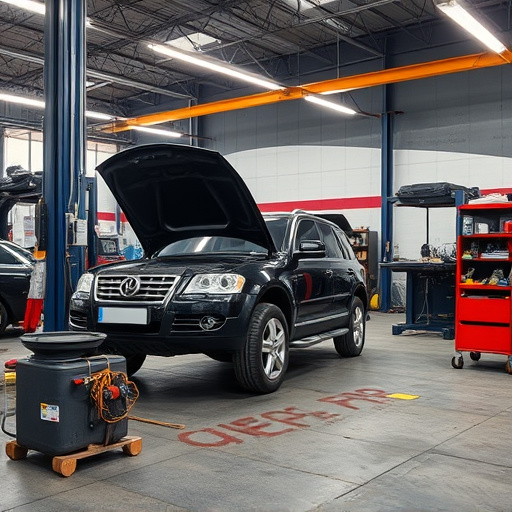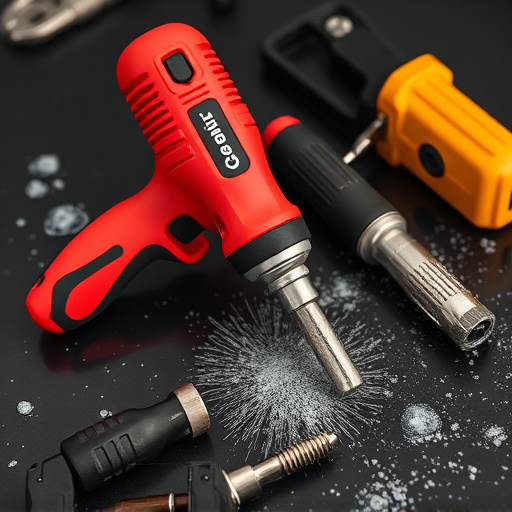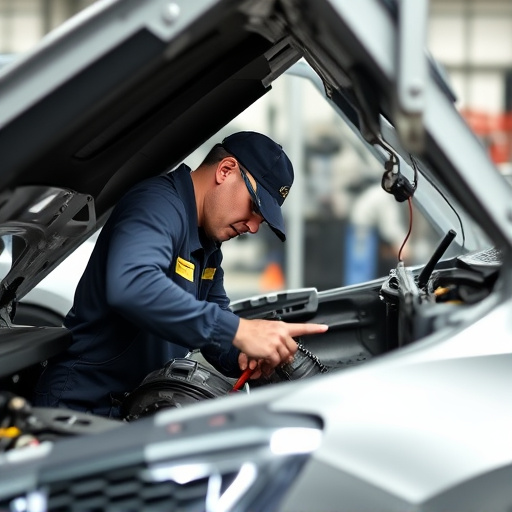Color sanding and buffing are key techniques in automotive collision repair, ensuring high-quality vehicle restoration. This process involves meticulous inspection, surface preparation, using fine-grit sandpaper to remove defects, applying base coat, and machine polishing for a seamless, high-gloss finish. Buffing techniques with various tools and compounds smoothen imperfections and blend colors. Advanced visual inspections and technology ensure color consistency and structural integrity, adhering to industry standards in Mercedes-Benz collision repair centers.
Discover the art of enhancing repair quality with color sanding and buffing—a game-changer in the world of restoration. This meticulous process refines surfaces, achieving a flawless finish. Understanding the basics of color sanding involves selecting appropriate grits for precise removal of imperfections. Buffing techniques then bring a lustrous, even tone to the surface. By combining these steps, you can measure success through visual and tactile assessments, ensuring superior repair outcomes. Master these skills for transformative results.
- Understanding Color Sanding: The Basic Steps
- Buffing Techniques for Superior Finish
- Measuring Success: Assessing Repair Quality After Color Sanding and Buffing
Understanding Color Sanding: The Basic Steps
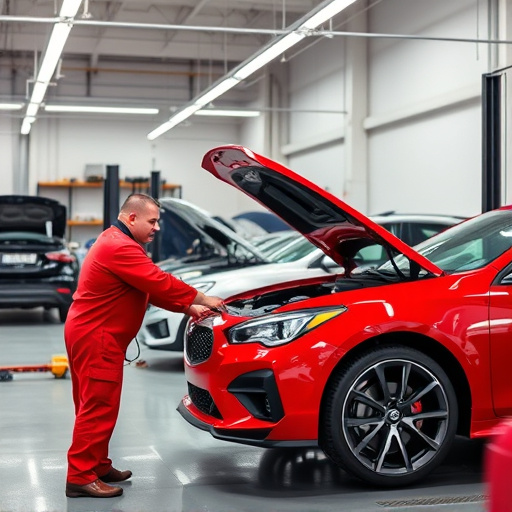
Color sanding and buffing are essential techniques in automotive collision repair, enhancing the overall quality of vehicle restoration. This method involves using specialized tools to smooth out imperfections on car bodywork, ensuring a flawless finish. The process starts with careful inspection of the damaged area, identifying the extent of dents or scratches. Then, the surface is prepared by removing loose debris and contaminates.
The next step is sanding, where fine-grit sandpaper is used to gently buff away defects. This involves applying pressure while moving the sandpaper in a systematic pattern, gradually reducing the appearance of dents. After sanding, a clear coat or base color is applied, which creates an even layer across the repaired area. Buffing follows, using a machine polisher and specialized compounds to achieve a high-gloss finish that matches the vehicle’s original paint job, seamlessly integrating the repaired section into the car’s overall aesthetic.
Buffing Techniques for Superior Finish
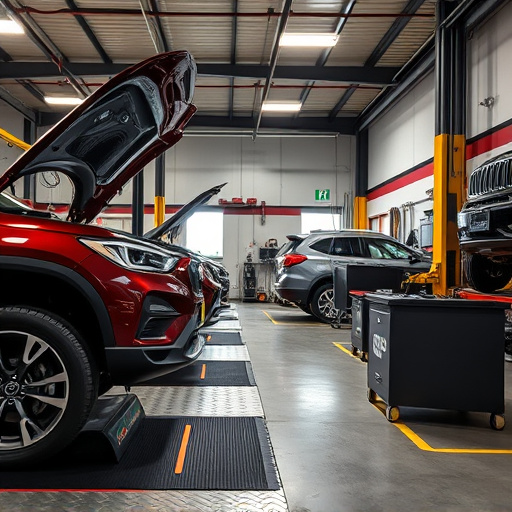
Buffing is a crucial step in achieving an exceptional finish after color sanding in auto body repair and auto painting processes. The technique involves using various buffing tools and compounds to smoothen out imperfections, ensuring a seamless blend of colors. Professional technicians employ different buffing methods depending on the desired outcome. For instance, a more aggressive buffing pad with a faster orbital speed can effectively remove heavy scratches or defects, leaving a smooth surface. Conversely, finer pads with lower speeds are used for delicate finishing touches to attain a glossy, mirror-like finish.
Mastering buffing techniques allows technicians to transform rough surfaces into flawless finishes. By combining the right buffing compound and pad, along with controlled speed and pressure, even the most challenging auto body repairs can be enhanced. This meticulous process not only improves the visual appeal but also ensures color consistency across the entire vehicle, making it a vital step in achieving high-quality outcomes in automotive repair.
Measuring Success: Assessing Repair Quality After Color Sanding and Buffing

Measuring success in any repair process is paramount to ensuring quality, and color sanding and buffing are no exceptions. After completing these meticulous steps, assessing the repair quality involves a careful visual inspection and, in some cases, advanced technology. Technicians examine the surface for any remaining imperfections, checking the uniformity of the finish and the precision of the color match. This includes scrutinizing the edges and corners, ensuring seamless integration with the surrounding areas.
In a Mercedes-Benz collision repair center, for instance, achieving flawless results necessitates a multi-step approach. Using specialized tools, technicians can detect subtle variations in color and texture. Modern technology, such as advanced lighting systems and 3D scanning, aids in precise measurements, ensuring that the vehicle’s restoration is not just visually appealing but also structurally sound. This meticulous evaluation guarantees that the repair quality meets or exceeds industry standards, leaving the vehicle looking as good as new.
Color sanding and buffing are essential techniques in automotive repair, offering a refined finish that enhances overall vehicle aesthetics. By combining these methods, professionals can achieve a seamless blend of color, eliminating visible repairs and providing a smooth, glossy surface. This meticulous process, involving precise steps and tools, results in not only improved visual appeal but also increased durability, ensuring the repaired area matches the vehicle’s original quality standards. Implement these techniques effectively, and you’ll witness remarkable transformations in repair outcomes.
